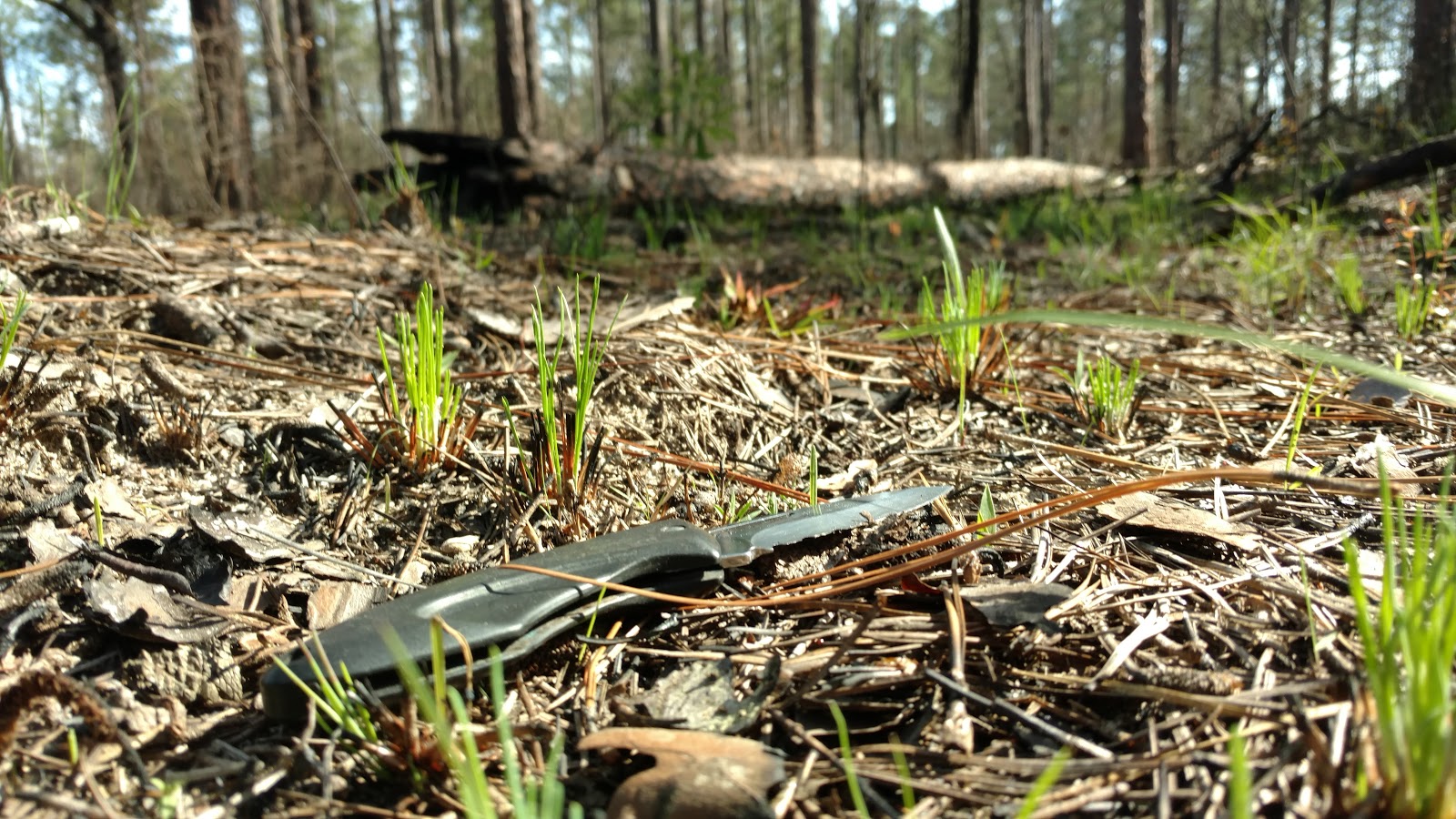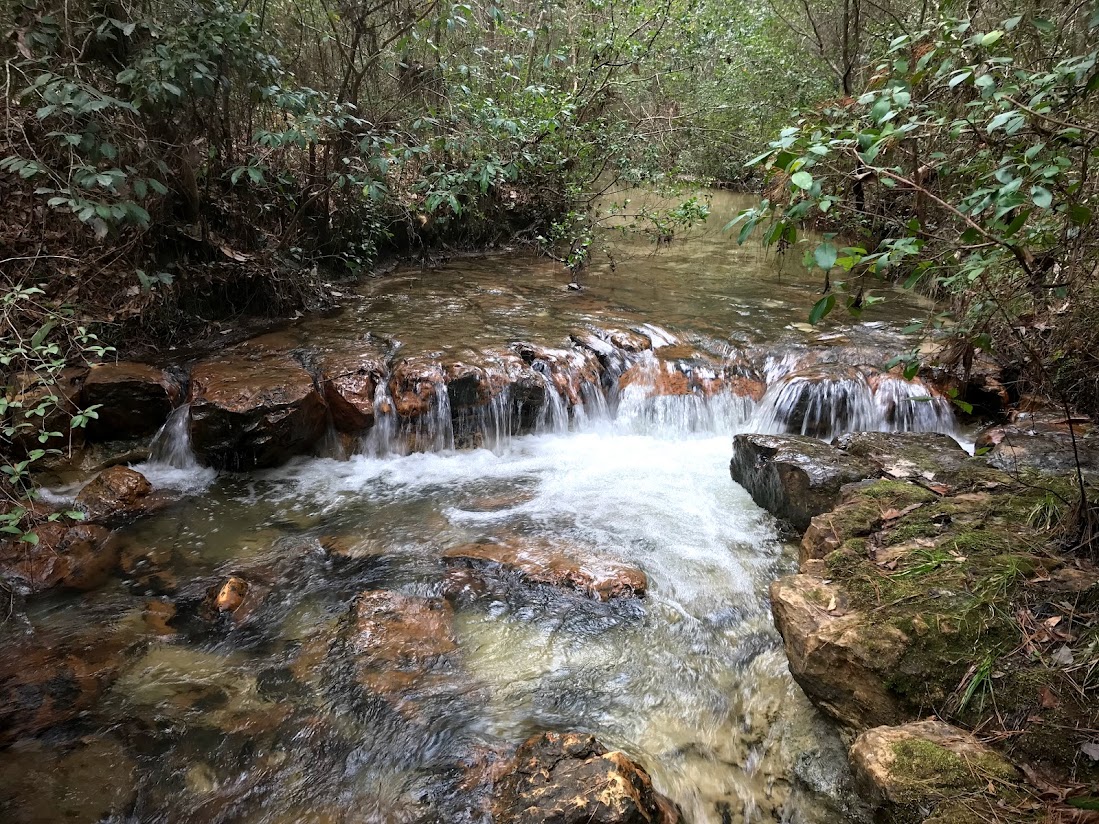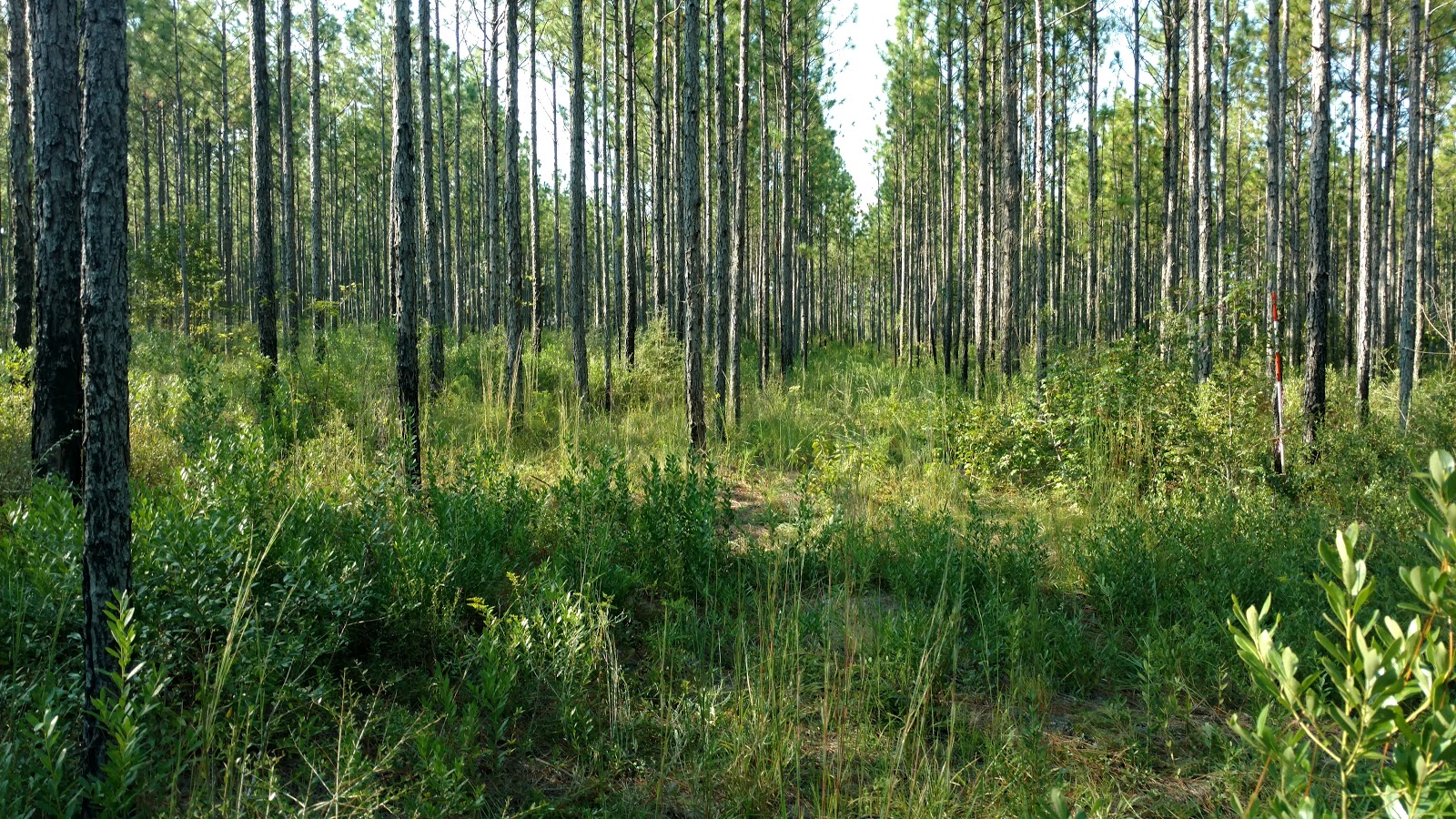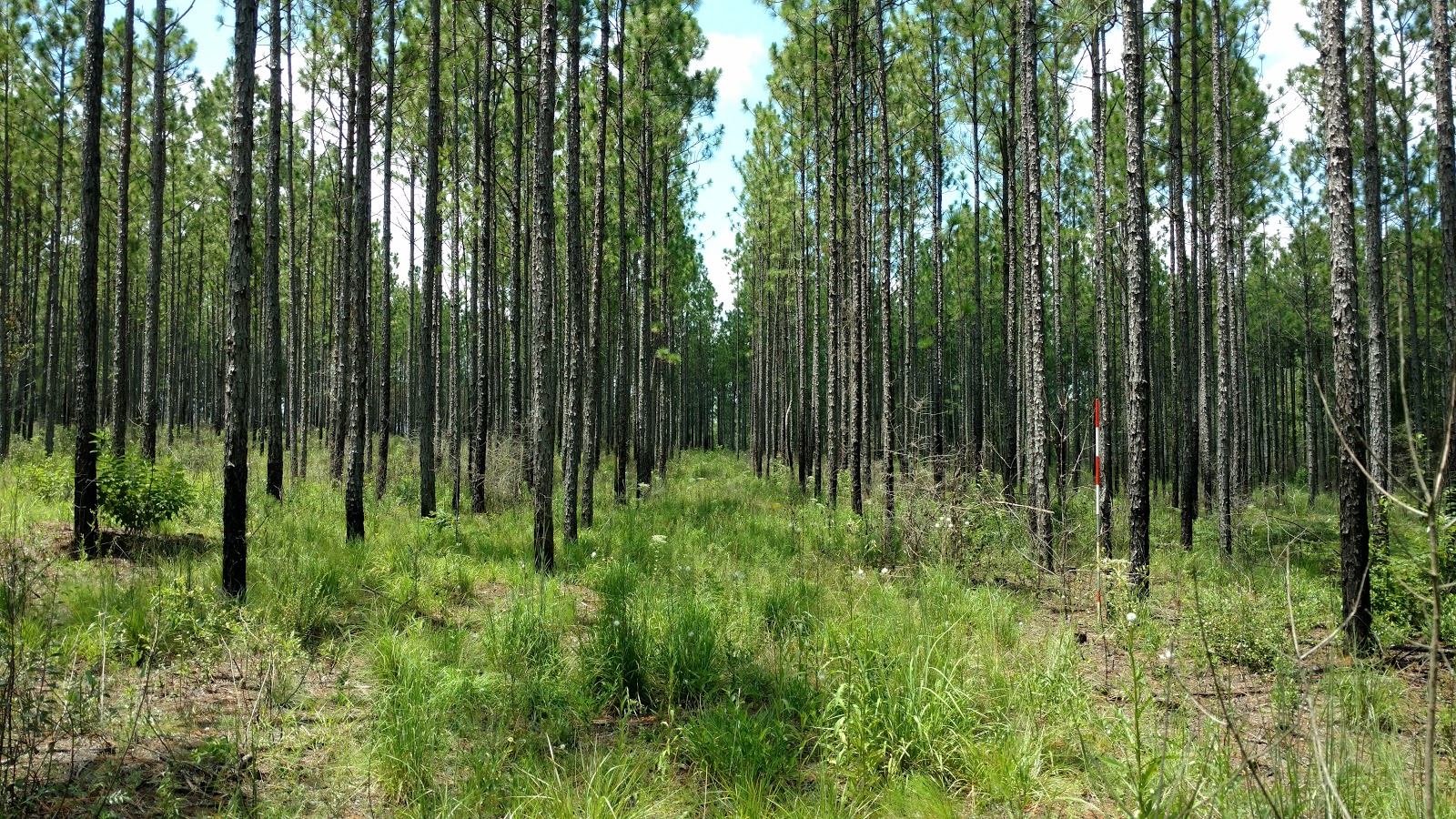Forest Management
Forestry has been a mainstay of the Solon Dixon Forestry Education Center’s educational programs, an income source, and the driver of its ecosystems. To meet Solon’s objectives, the forest management practices on the property mimic those of a private landowner. The Dixon Center focuses on sustainable forest management of longleaf, loblolly, and slash pines with a balance of long and short rotations.

The Longleaf Alliance, Inc.
The conservation and restoration of the longleaf pine ecosystem is a focal point of management at the Solon Dixon Forestry Education Center. The Longleaf Alliance, an organization devoted to longleaf pine, was established at the Dixon Center by Director Rhett Johnson and Professor Dean Gjerstad in 1995. The organization became a 501c3 nonprofit in 2007. The main office of Longleaf Alliance, Inc. is housed in the Dixon Center Annex, and the staff often collaborate with the organization on various projects.

Management Process
Various forest management practices are demonstrated as working examples for students and user groups. Stand sizes are kept small with irregular shapes, and age classes are staggered between adjoining stands of at least five years. Depending on the site’s objectives, artificial or natural methods are used to regenerate stands. Periodic thinnings also provide an income source, stimulate growth, capture mortality, and open the canopy for light to reach the forest floor.
Streamside Management Zones
Streamside Management Zones (SMZ) at the Solon Dixon Forestry Education Center are usually larger than required and follow Alabama’s Best Management Practices (BMP) for protecting waterways, harvesting practices, and road maintenance.

Geographic Information System
A Geographic Information System (GIS) database tracks the history of management, demonstrations, and research projects conducted on the Solon Dixon Forestry Education Center property. It provides tools for scheduling and prioritizing future harvesting, regeneration, prescribed fire, and herbaceous weed control operations. The Dixon Center’s forestry tools include timber harvesting, machinery, prescribed fire, and selective herbicides.
Invasive Exotic Plants
As with most forest ownership across the southeast, invasive exotic plants are and will continue to be a challenge to forest management decisions into the future. The Solon Dixon Forestry Education Center monitors and attempts to address invasive exotic species as they occur across the landscape. Success is a matter of opinion and scale.
Managing invasive species with herbicide treatments.
Selective Herbicides & Sequencing
View a sample of mid-rotation treatments.


Before Forest Management
This area was first thinned in 2016 and received Triclopyr herbicide treatment in September 2017. In 2018, it was treated with prescribed fire.
After Forest Management
The pictures are almost 10 months apart. After treatments, woody vegetation was reduced which promoted grasses.
